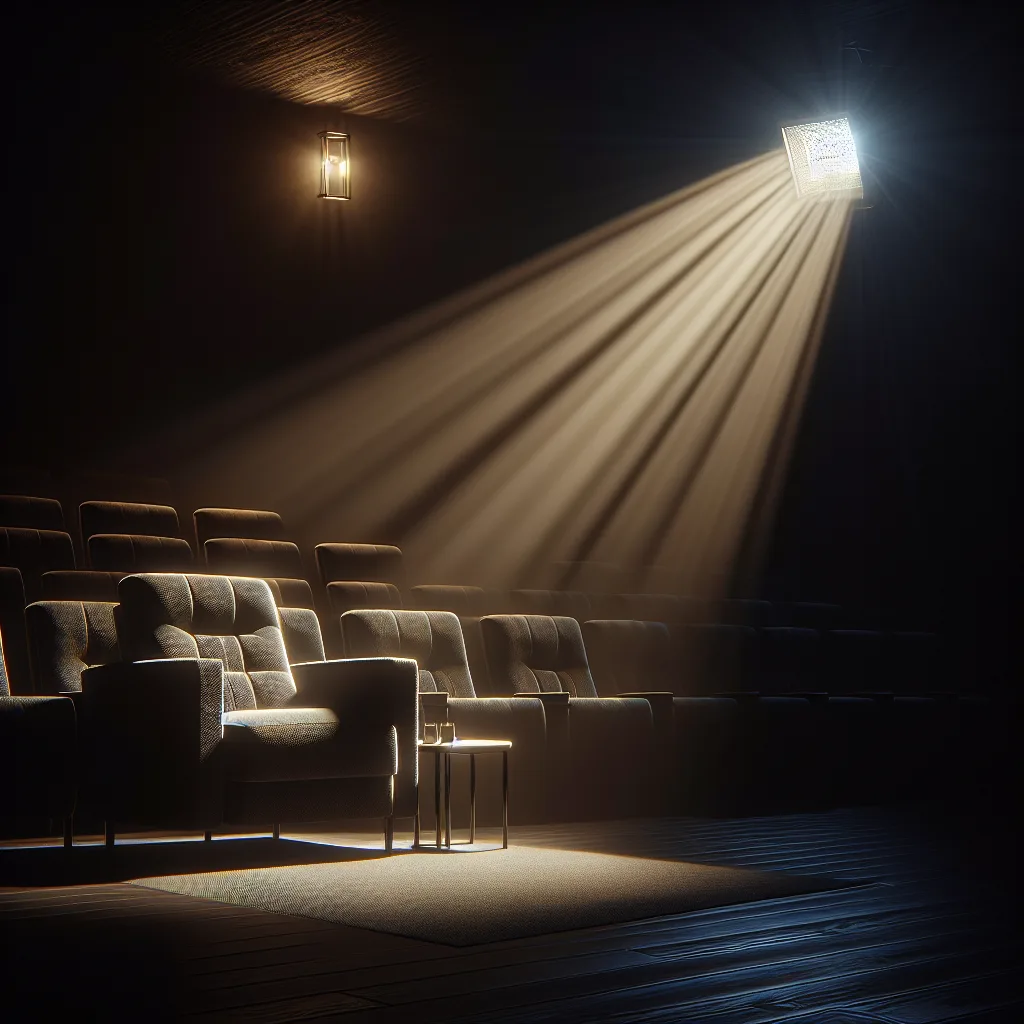Tired of LED flicker and buzz? Here’s how to solve your smart lighting woes and achieve that perfect, ultra-low glow.
The Quest for the Perfect Dim: Solving Your Smart Lighting Woes
Tired of LED flicker and buzz? Here’s how to solve your smart lighting woes and achieve that perfect, ultra-low glow.
There’s something magical about a home theater. You’ve got the big screen, the comfy seats, the killer sound system. You hit a button, and the lights slowly fade to black… or at least, that’s the dream. My reality was a little less cinematic. Instead of a smooth, graceful fade, my LED lights would hum, flicker, and then abruptly snap off, completely killing the mood. The core of my problem, and a frustration for many smart home enthusiasts, is achieving perfect smart dimmer compatibility. Getting modern LED bulbs to play nicely with smart dimmers and replicate the warm, ultra-low dim of old-school incandescent bulbs can feel like an impossible task.
For the longest time, I clung to a stash of incandescent bulbs for my home theater for this very reason. They could dim down to practically nothing—just a faint, warm glow of a few lumens, perfect for that “opening credits” feel. But incandescents are energy hogs and getting harder to find. The switch to LEDs felt like a downgrade in one crucial area: ambiance.
Why Is Finding Low-Dimming LEDs So Hard?
The issue isn’t just the bulb; it’s the relationship between the bulb and the switch. Most smart dimmers on the market, especially older models, were designed in the age of incandescent bulbs. These bulbs have a simple, resistive load. You reduce the power, and the filament glows less. Easy.
LEDs are different. They are complex electronic devices. Inside that bulb is a driver that converts AC power from your wall to the DC power the LED chip needs. When you try to dim them with a switch that isn’t designed for that specific type of load, you get problems:
- Flickering: The driver can’t make sense of the inconsistent power signal.
- Buzzing or Humming: A common side effect of incompatible electronics.
- Poor Dimming Range: Many LEDs have a “floor,” a point where they just turn off instead of getting dimmer, often around 10-20% brightness.
The Key to Smart Dimmer Compatibility: Leading Edge vs. Trailing Edge
Here’s where it gets a little technical, but stick with me. The secret often lies in the type of dimmer you’re using. Most standard and older smart dimmers are “leading-edge” dimmers. They work by cutting off the front of each AC power wave. This works great for incandescent bulbs but can be harsh on the sensitive electronics in an LED driver.
The solution is often a “trailing-edge” dimmer. As the name suggests, it cuts off the back of the power wave, which is a much gentler way to reduce power for electronic loads like LEDs. This results in smoother dimming, a lower dimming floor, and eliminates that annoying buzz. Many modern, high-quality Z-Wave or Wi-Fi dimmers are either trailing-edge by default or have a setting to switch between modes. For a deeper dive into the technology, the experts at Lutron have a great explanation.
Finding the Right Combo: The Bulb and Dimmer
So, how do you find the perfect pair? It takes a bit of matchmaking. You need a bulb that’s designed to dim low and a dimmer that knows how to handle it.
The Bulb:
After a lot of searching, I landed on the Philips “Ultra Definition” line of LED bulbs (specifically the BR30s for my recessed cans). What makes them special? Many reviews pointed out their ability to dim smoothly to very low levels without flicker, especially when paired with a quality dimmer. They also have excellent color rendering, so things don’t look washed out. While your mileage may vary, looking for bulbs that explicitly market “smooth dimming” or “dims to warm” technology is a great start. Another great resource for checking bulb performance is the Wirecutter’s guide to LED bulbs.
The Dimmer:
This is the other half of the smart dimmer compatibility equation. I needed a Z-Wave dimmer to integrate with my smart home hub. After some digging, I found that many newer dimmers from companies like Zooz and Inovelli are designed with LED compatibility in mind. They often use trailing-edge technology or have configurable settings to handle different load types. For example, some models let you set the minimum dimming level, so you can manually find the “floor” for your specific bulbs and prevent them from dropping out or flickering.
After pairing a compatible trailing-edge Z-Wave dimmer with the Philips Ultra Definition bulbs, the difference was night and day. I finally achieved that buttery-smooth fade to a single-digit lumen level. The lights go down low, the movie goes on, and the mood is perfect. It took some research, but solving the puzzle was well worth it. No more buzzing, no more flicker—just the cinematic experience I was always after.
